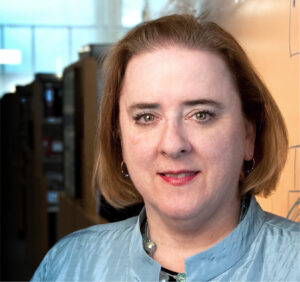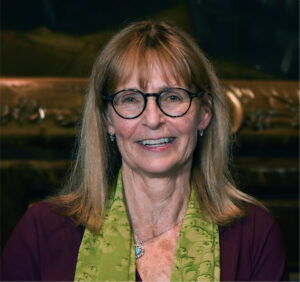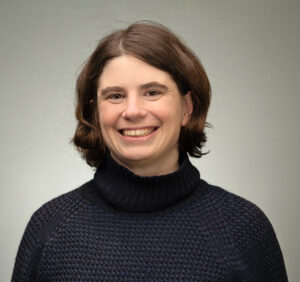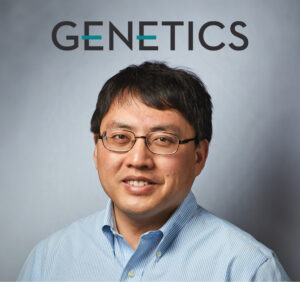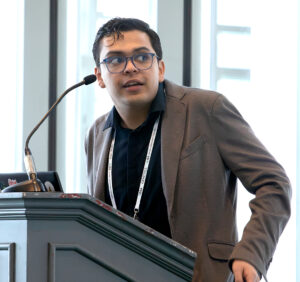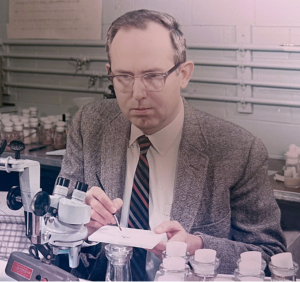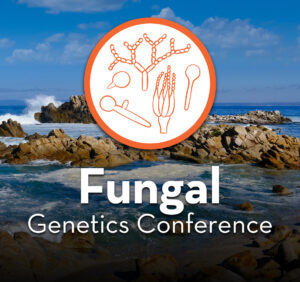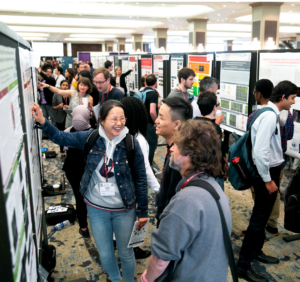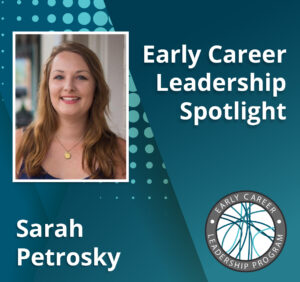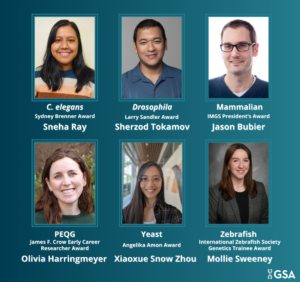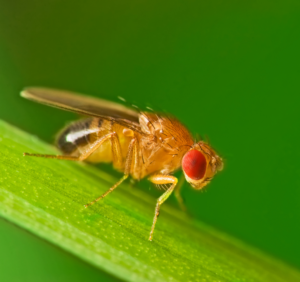Steve Kay vividly remembers the first time he met Joanne Chory at a plant biology conference in Rhode Island in 1986. He had just presented his work on circadian rhythms in plants, exploring how genes are switched on and off by light, when Chory approached him. “You do know that what you’re doing isn’t going to work, right?” she asked, in the same beat as introducing herself. “It’s going to take too long. Have you thought about a genetics approach?”
A biochemist and Provost Professor of Neurology, Cancer Biology, Biomedical Engineering and Computational Biology at the University of Southern California, Kay was skeptical at first but soon came around. “Joanne’s words—it’s going to take too long if you try to walk from protein to protein to protein, you need to attack this with genetics—really changed my whole view of what we should be doing,” he recalls. He collaborated with Chory for the next 25 years.
The story illustrates Chory’s early prescient streak, her instinct that genetics could be an effective interrogation tool for a wide spectrum of complex biological processes. “It’s pretty difficult to think of anybody, not just in plant biology but anywhere, who had as much ingenuity in how to use genetics to answer a question,” explains Detlef Weigel, Director at the Max Planck Institute for Biology Tübingen and Chory’s former colleague at the Salk Institute. “Joanne was just so masterful at using genetics.”
DET1: Plants can be first
Chory was a forward-thinking champion for Arabidopsis as a model system in genetics. At a time when biochemists were working with tobacco or petunias (sometimes five or six species at a time, depending on what was most convenient) to make transgenic plants, Chory’s lab was one of a handful working with the small mustard plant. Her lobbying efforts helped convince plant researchers to rally behind Arabidopsis, negotiating with national and international genetics foundations to create this model system from scratch. Along with other early adopters, Chory had the genome sequenced and proved that this little cabbage-like plant—now a mainstay model organism among geneticists—could be a reference for understanding agriculture at the molecular level.
A microbial geneticist by training, Chory studied Arabidopsis and made a striking entrance into plant biology when she published a paper introducing a famously clever genetic screen. “In 1989, Joanne published and came storming onto the stage of plant biology,” Kay recalls. The paper described an Arabidopsis mutant called DET1 (short for de-etiolated), which grew in dark environments as if it were in the light. This work transformed the field’s understanding of developmental biology in plants, revealing that the DET1 gene could bypass the light requirement for normal plant growth. The breakthrough highlighted the power of phenotypic-driven genetics, and as often happens in the field, sprouted notable offshoot discoveries. After Chory’s lab cloned the DET1 gene, it was found to have functional analogs important not just in plant cells, but also in mammalian cells, where a conserved protein degradation module is involved in cancer-related pathways. “So, it shows where plants can be first,” says Kay, underscoring Chory’s forethought in applying plant biology to broader scientific challenges.
Mapping out the biosynthesis pathway
Over the next 10 years, Chory’s lab went on to conduct a suite of genetic studies on plant hormones. The next gene mutation her lab identified, DET2, plays a role in the biosynthesis of brassinosteroids, a class of plant hormones. By the 1990s, the idea of steroids as plant hormones had fallen out of favor, but Chory’s lab mapped how plants synthesize and use the brassinosteroids as sophisticated signals, proving they’re essential for normal growth.
At the same time, Chory discovered a novel pathway for synthesizing auxins, another class of plant hormones that regulate growth in response to light. “Thinking that genetics was actually the right tool for interrogating this really complicated process was groundbreaking,” explains Jennifer Nemhauser, Benjamin D. Hall Endowed Chair in Basic Life Sciences at the University of Washington and one of Chory’s former trainees.
Chory’s lab worked with DET and related mutants to characterize the biosynthesis pathway in unprecedented detail, with significant scientific and agricultural implications. “There’s no other signaling pathway, in animals or plants, where one person more or less figured it out singlehandedly,” explains Weigel. “Discovering everything from the signal to the receptor to what happens downstream at all different levels: molecular, cellular, organismal…that’s really unparalleled in biology.” By combining plant genetics and biochemistry, Chory described one of the most complex signaling networks controlling plant growth in response to environmental cues.
Applying genetics to solve climate change
A pioneer in applying molecular genetics to understand how plants adapt to their environments, Chory eventually turned her attention to one of the most urgent issues of our time: climate change. In 2017, she spearheaded the Harnessing Plants Initiative (HPI) to reduce CO2, later showcasing this work in 2018 at the award ceremony for her Breakthrough Prize in Life Sciences and in her TED talk in 2019. The Salk Institute team used cutting-edge genetic and genomic technologies to develop Salk Ideal Plants™, engineered with enhanced root systems to store more carbon. Chory’s idea, like so much of her previous work, was groundbreaking (in all senses of the word). “Before Joanne saying this in public, you look at the record, and there’s basically nothing,” shares Weigel. “After her getting up there and saying we can do it, all these initiatives sprouted all over the world.” This groundbreaking enterprise garnered support from the TED Audacious Project and Bezos Earth Fund. “Her long-lasting legacy is inspiring a whole generation of plant biologists,” adds Weigel.
A legacy beyond science
In addition to her remarkable scientific legacy, Chory is remembered by colleagues for her intense curiosity, signature candor and humor, and deep warmth. Weigel, who worked alongside Chory for 25 years, remembers her innate spirit of collaboration. “She was my scientific sister, if you will. It was just the best thing to be next door to her at the Salk,” he says. “It’s super rare that there’s this level of mutual trust and understanding. That was just really, really special.”
Chory mentored hundreds of trainees, inspiring generations of geneticists with her approach to science and life. “She both took the work really seriously but never took herself seriously,” remembers Nemhauser. “She was someone who never, ever let her ego get in the way of her science. If she found something that contradicted an idea, she was excited at the possibility of getting to the truth.”
Those who worked closely with Chory describe her gift for getting to the heart of a scientific question. “The best scientists have an intuition for what may or may not work, and Joanne really had this enormous intuition,” Kay describes. Chory’s husband Stephen Worland agrees, saying, “Lots of people can be curious about something, but she repeatedly was curious about the right things. When that curiosity was satisfied, suddenly, all of these incredibly fruitful pathways of research were available.”
Please join us in remembering and celebrating the matchless legacy of Joanne Chory, recipient of the Thomas Hunt Morgan Medal for lifetime achievement in genetics.













